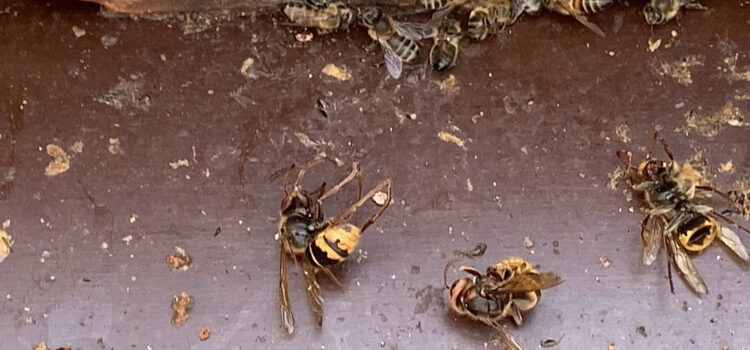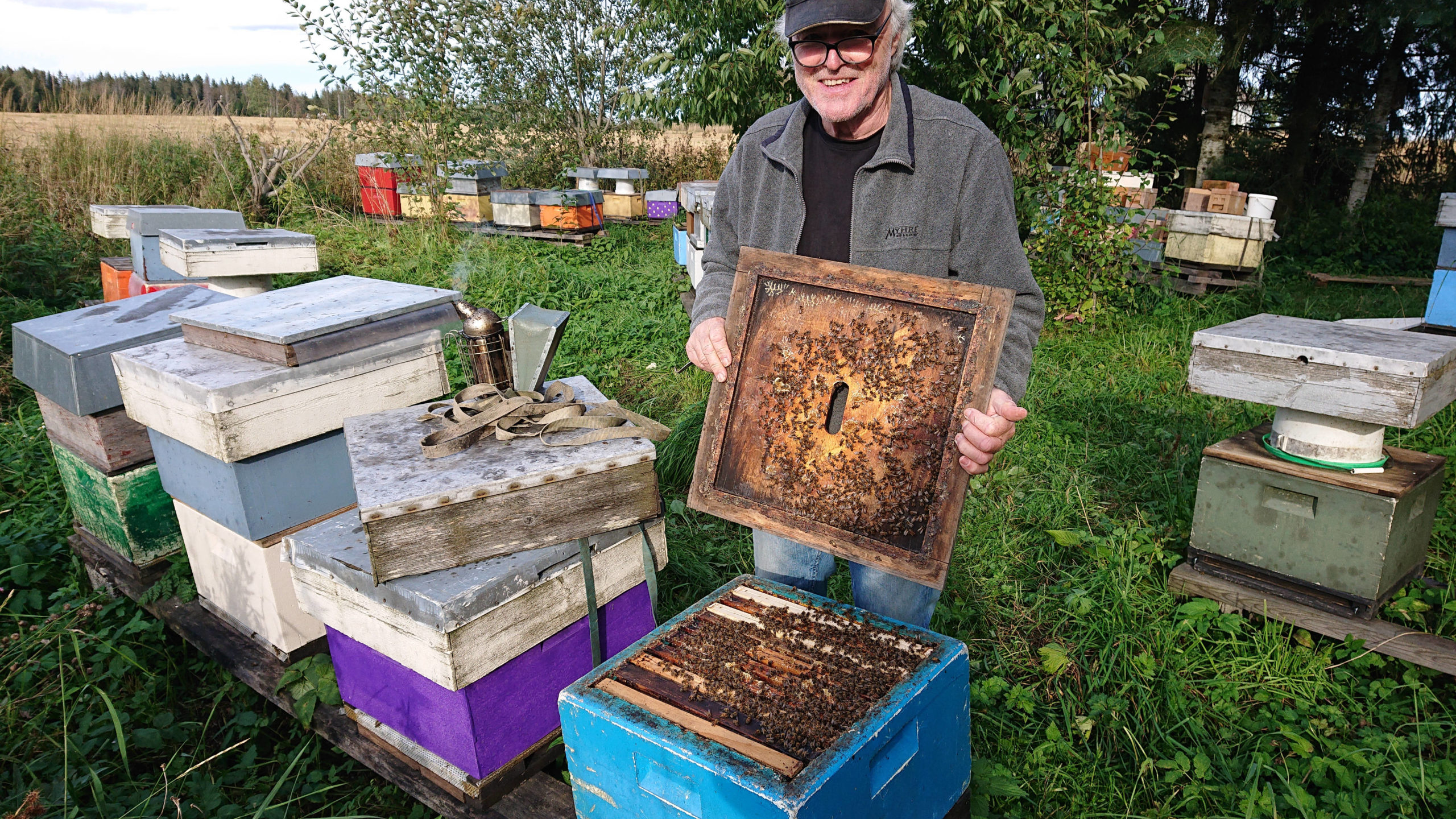Resistance against intruders One of my bee colonies (Elgon, combinationof Buckfast and Monticola) started to superseed their queen, but the new queen evidently got lost. The colony ended up with egg-laying workers. I discovered that in August. It had several
Help for varroa resistance


